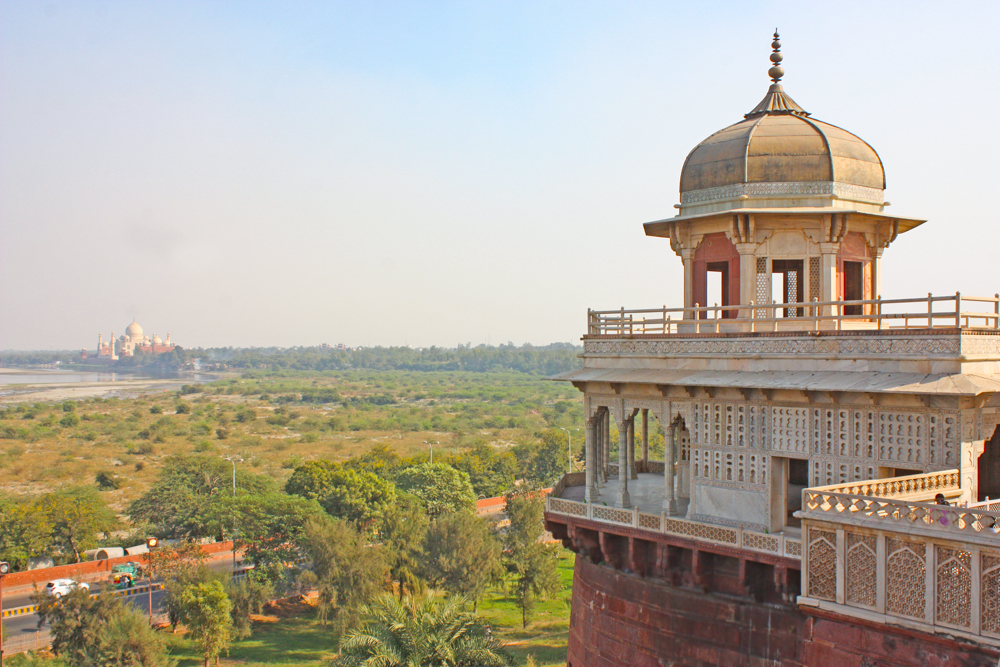
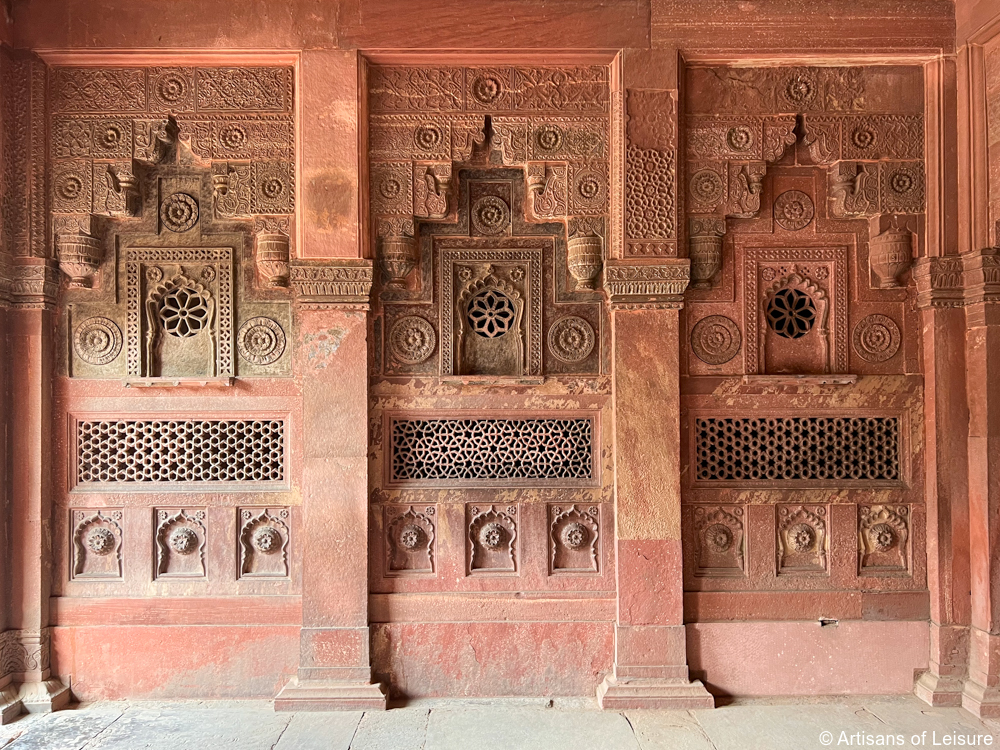
The 16th-century palace-fortress compound is a must during private touring in Agra for travelers interested in history, culture and architecture.
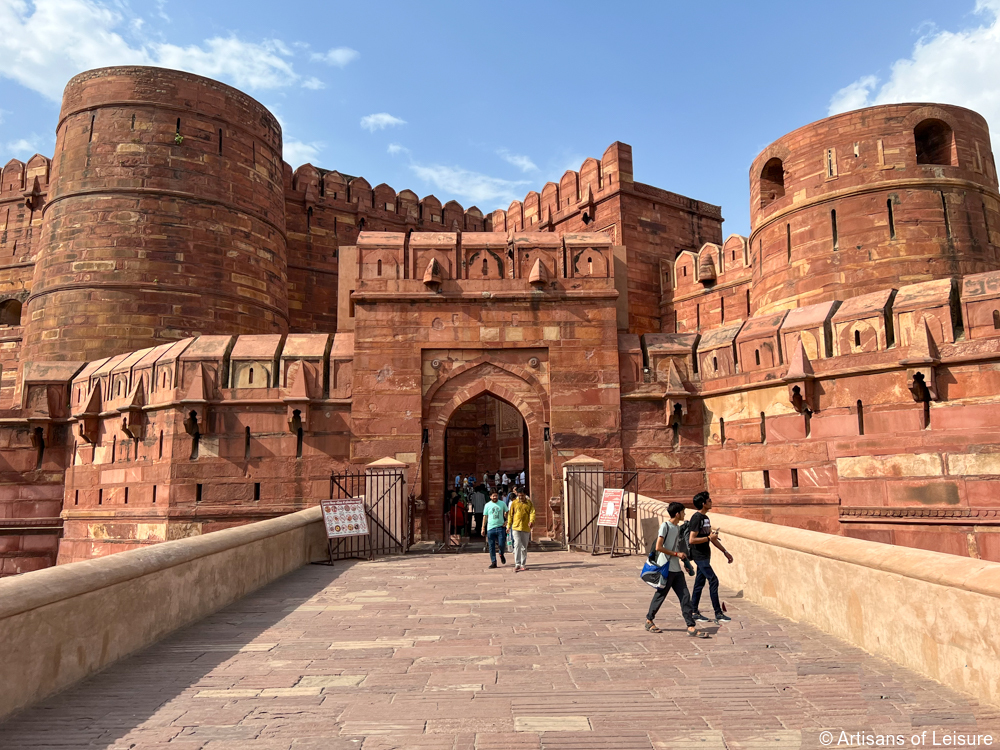
Mughal emperor Akbar commissioned Agra Fort in 1565, building on earlier fortifications along the Yamuna River. It became the seat of government and the royal family’s primary residence in the 17th century when the ruler Shah Jahan (who built the Taj Mahal) added magnificent marble structures.
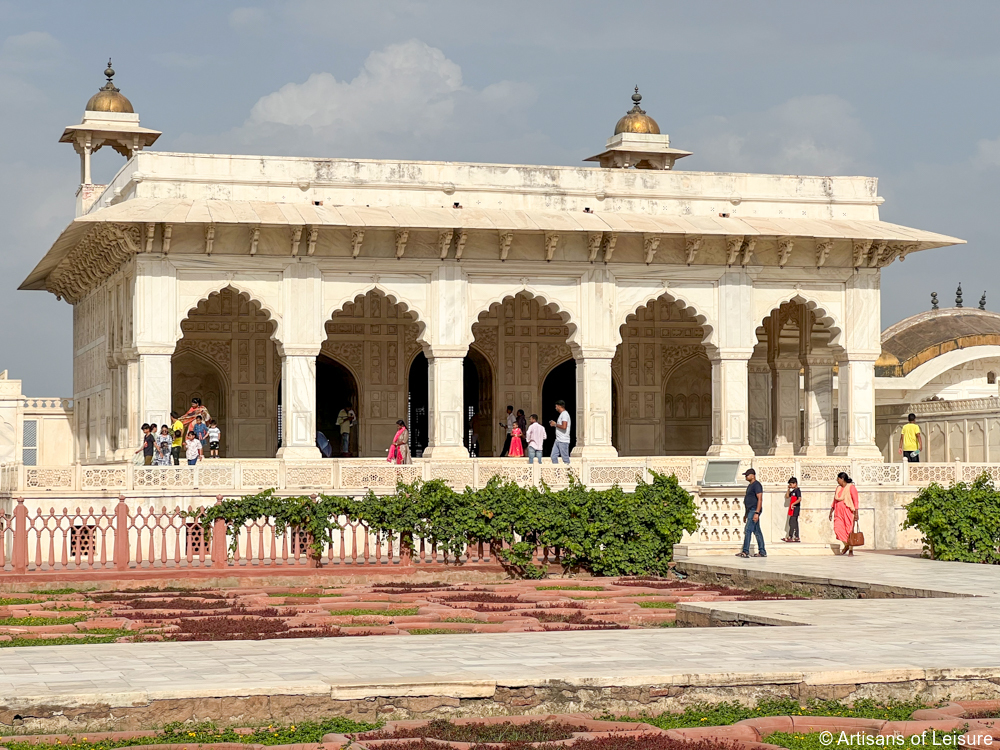 Agra Fort is thought to have had more than 500 buildings, though only a portion of those remain and are open to the public. The rest of the complex is used by the Indian military and government officials.
Agra Fort is thought to have had more than 500 buildings, though only a portion of those remain and are open to the public. The rest of the complex is used by the Indian military and government officials.
During a private tour of Agra Fort, our expert local guides offer our travelers insightful glimpses into the lives of the people who lived there when Agra was the capital of the Mughal Empire.
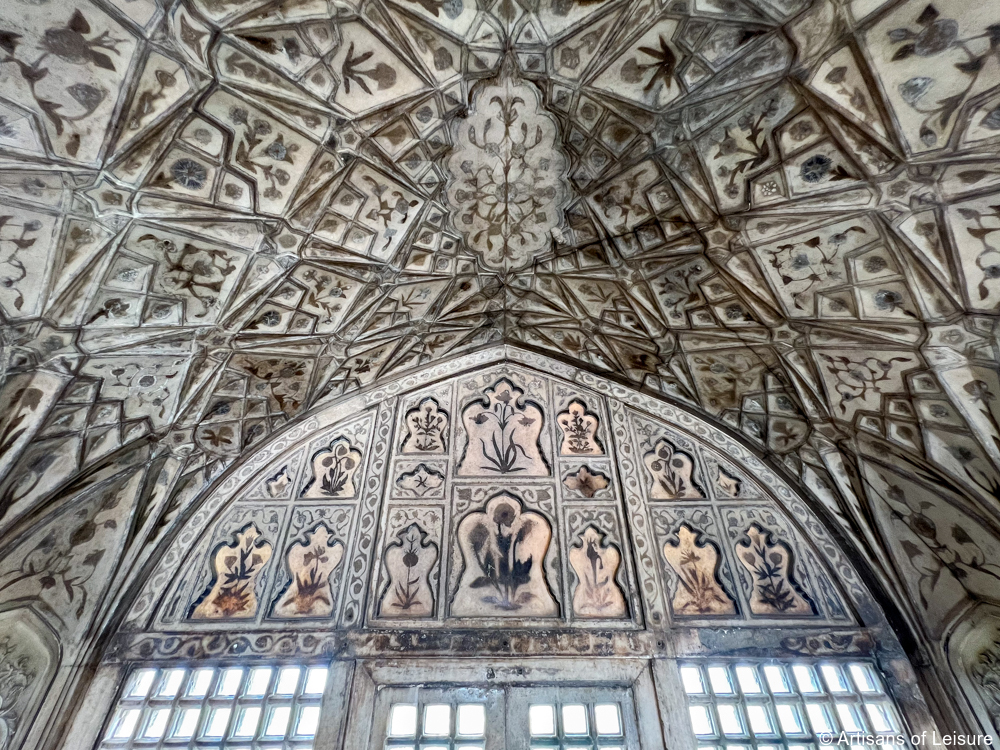
Marble pavilions with graceful domes and arches, ornately decorated rooms, and carved and inlaid marble are a testament to Mughal craftsmanship and the grandeur of the imperial court.
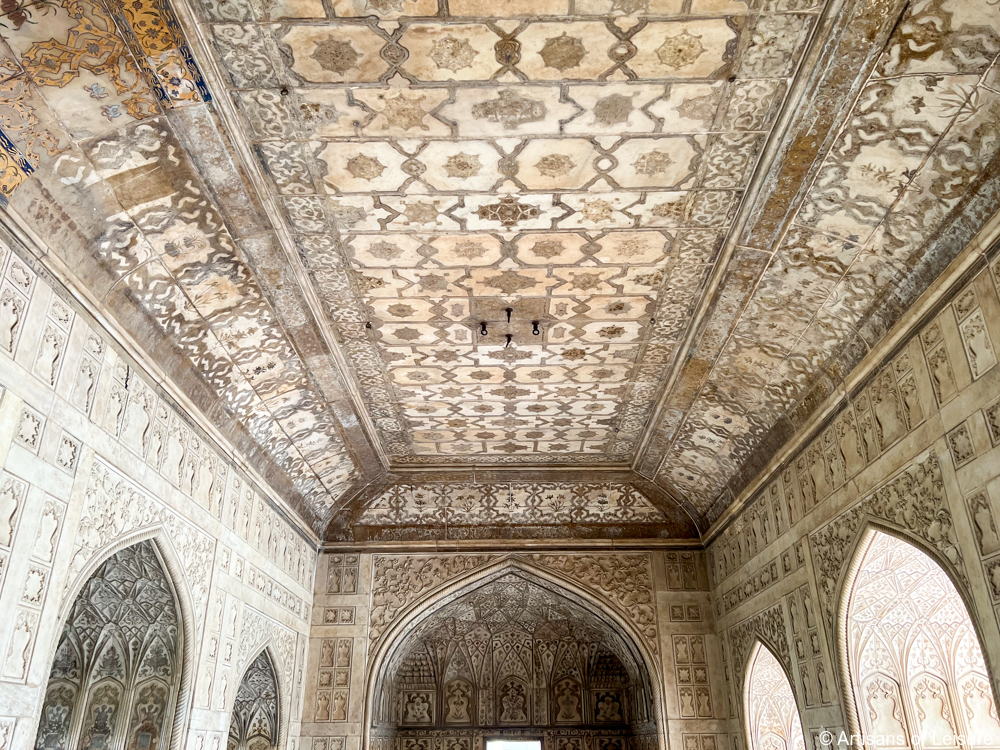
The Amar Singh Gate (Lahore Gate), an impressive entry decorated with tiles and carvings, was once reserved exclusively for the emperor.
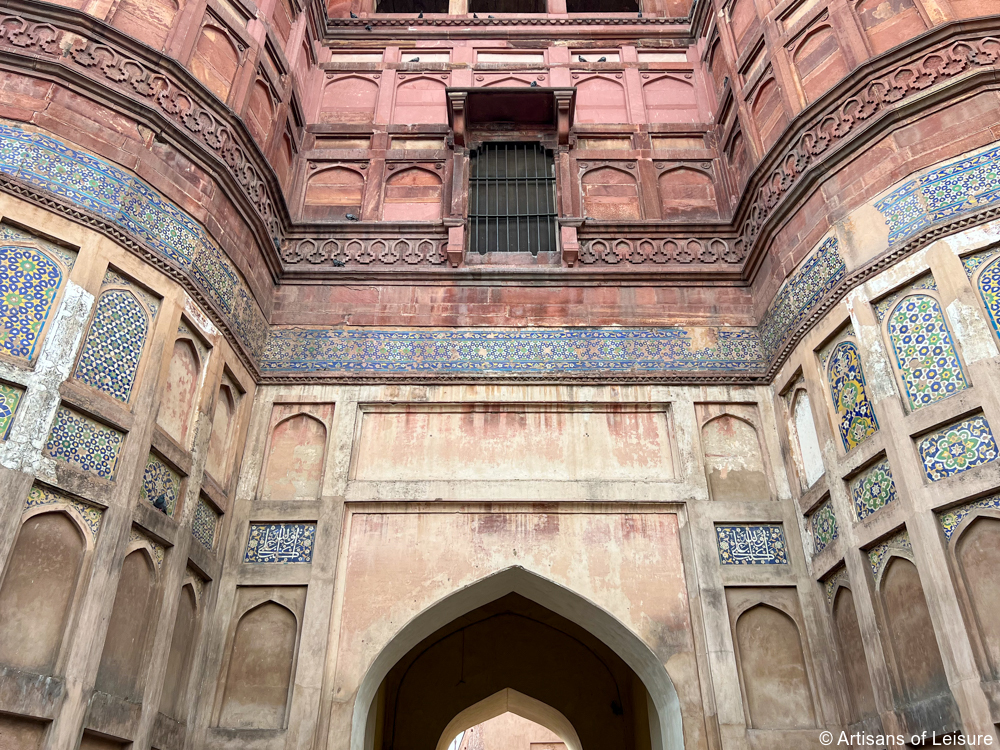
Notable structures in the 94-acre (34-hectare) compound include the Jahangiri Mahal (Jahangir’s Palace), a red sandstone palace with magnificent interiors.
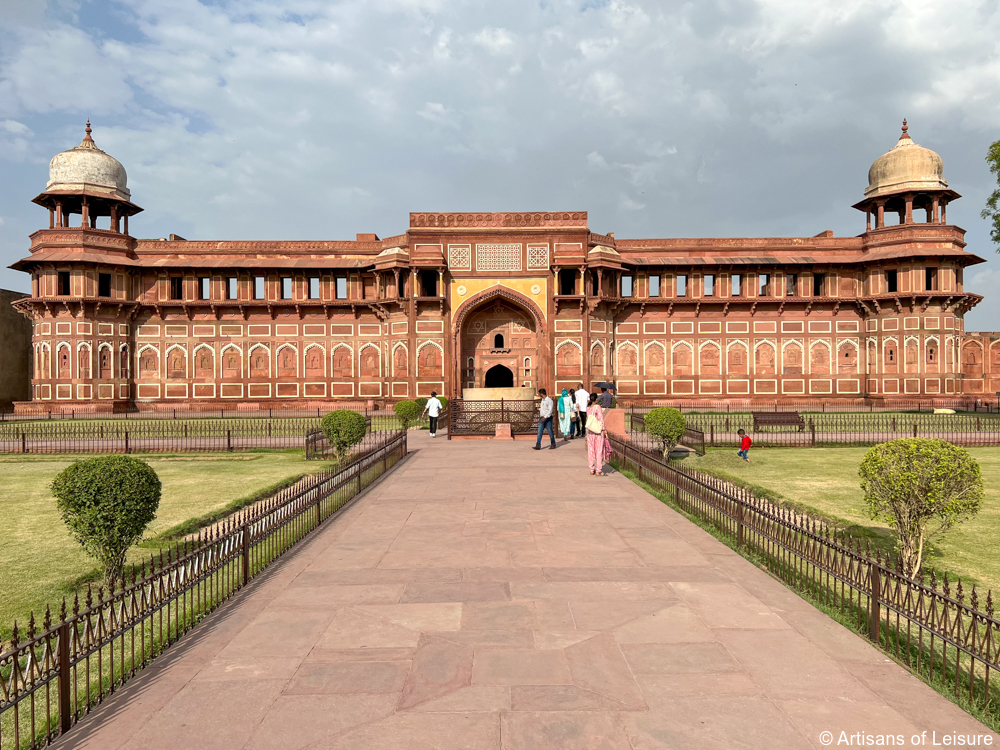
A large bathtub carved from a single block of stone is displayed in front of the palace.
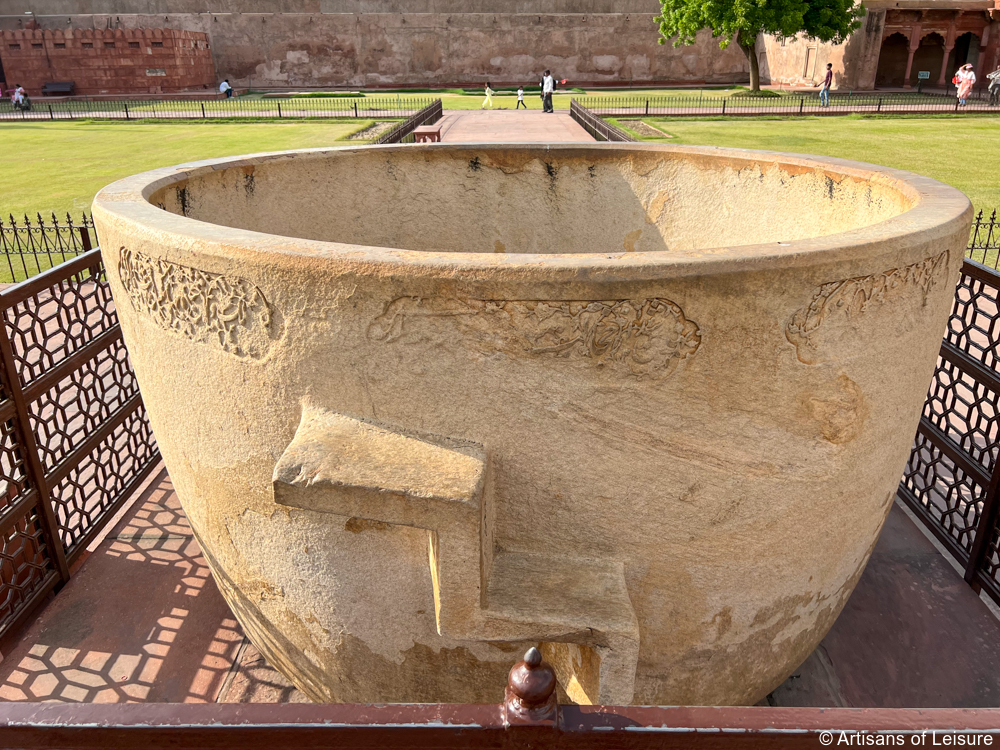
The marble Khas Mahal (Private Palace) was formerly the private quarters of emperor Shah Jahan.
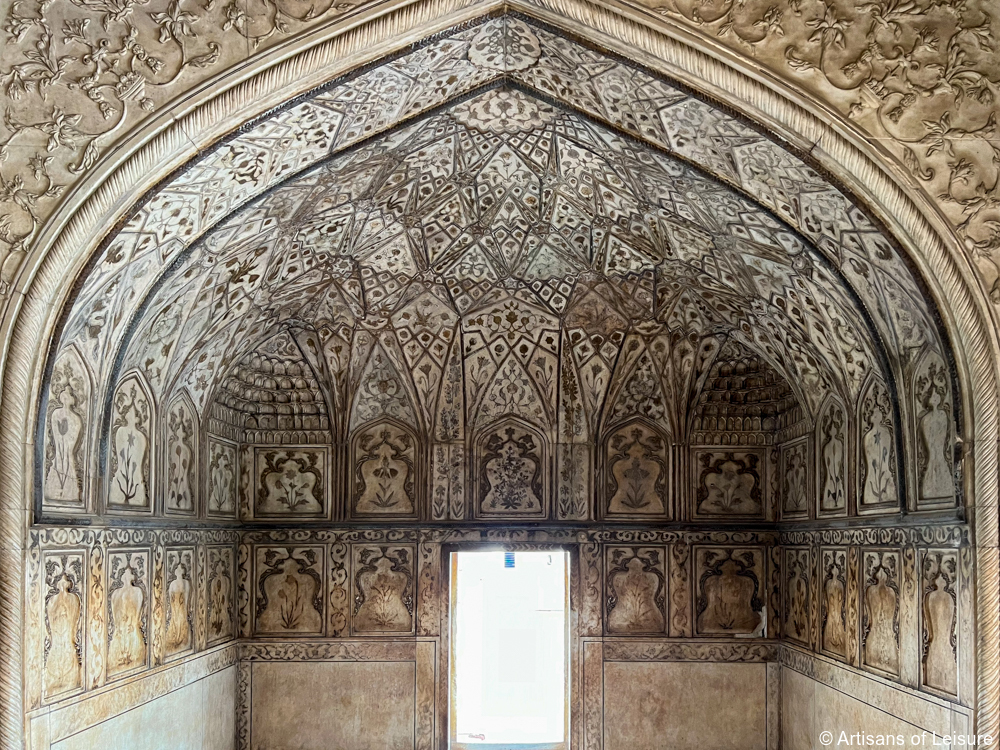
The striking interiors have floral and geometric patterns that were once adorned with gemstones.
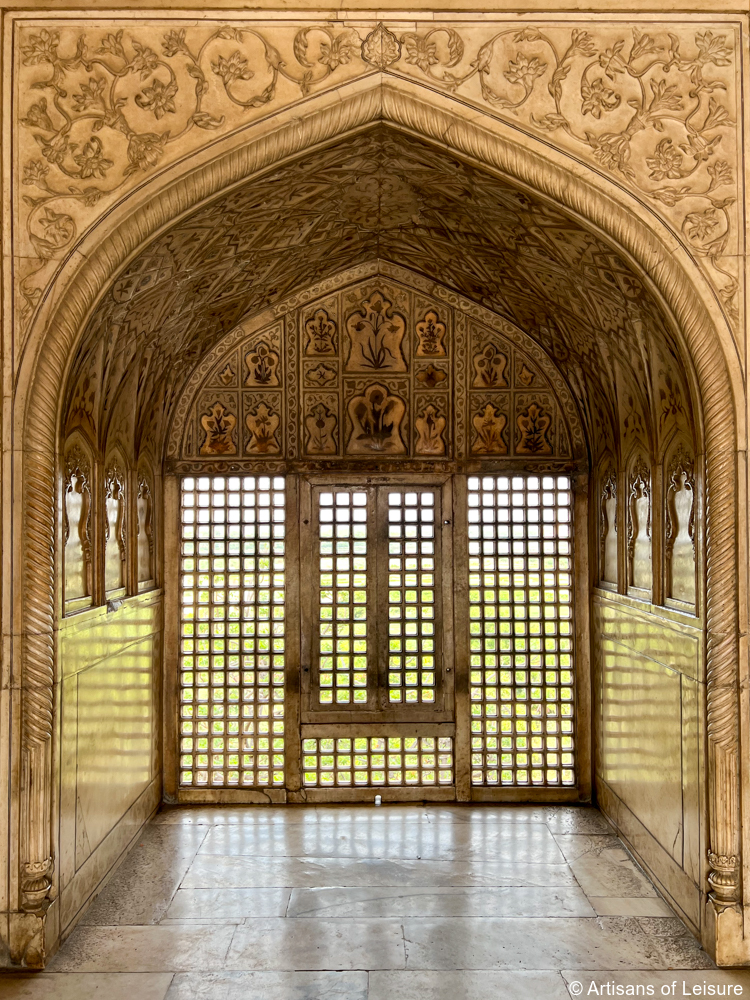
Intricately carved marble screens frame views of the Taj Mahal in the distance.
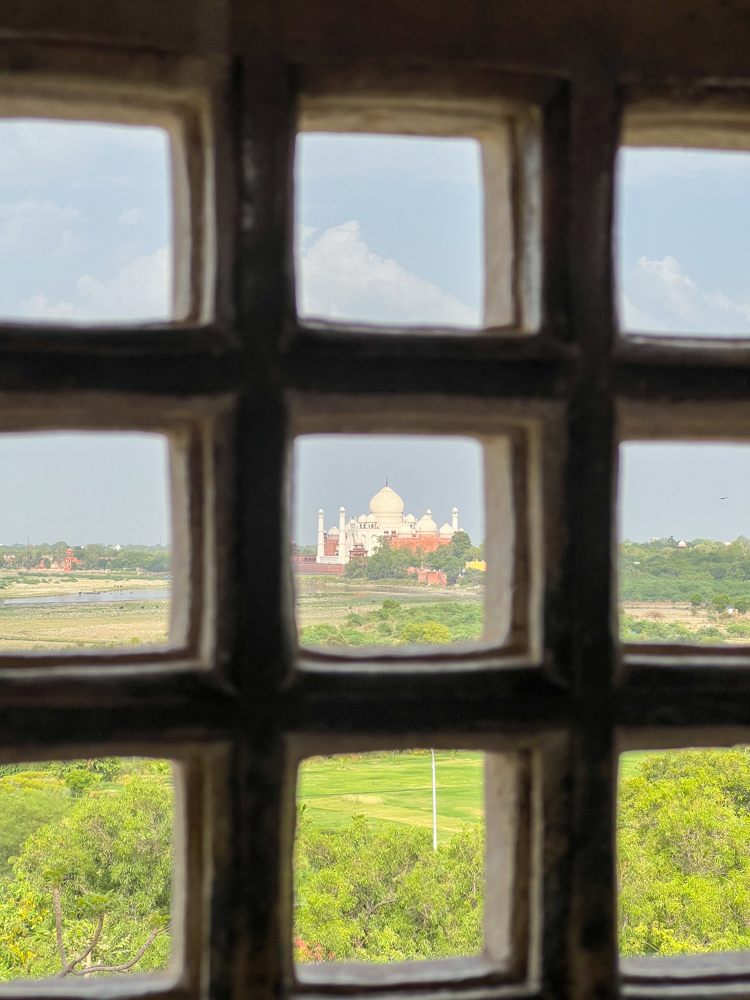
Shah Jahan was imprisoned in Agra Fort by his son for the last eight years of his life. Historians believe he was kept in a room with views of the Taj Mahal, the monument he built in memory of his favorite wife, Mumtaz Mahal. When Shah Jahan died, his body was transferred on the river to the Taj Mahal to be entombed next to Mumtaz.
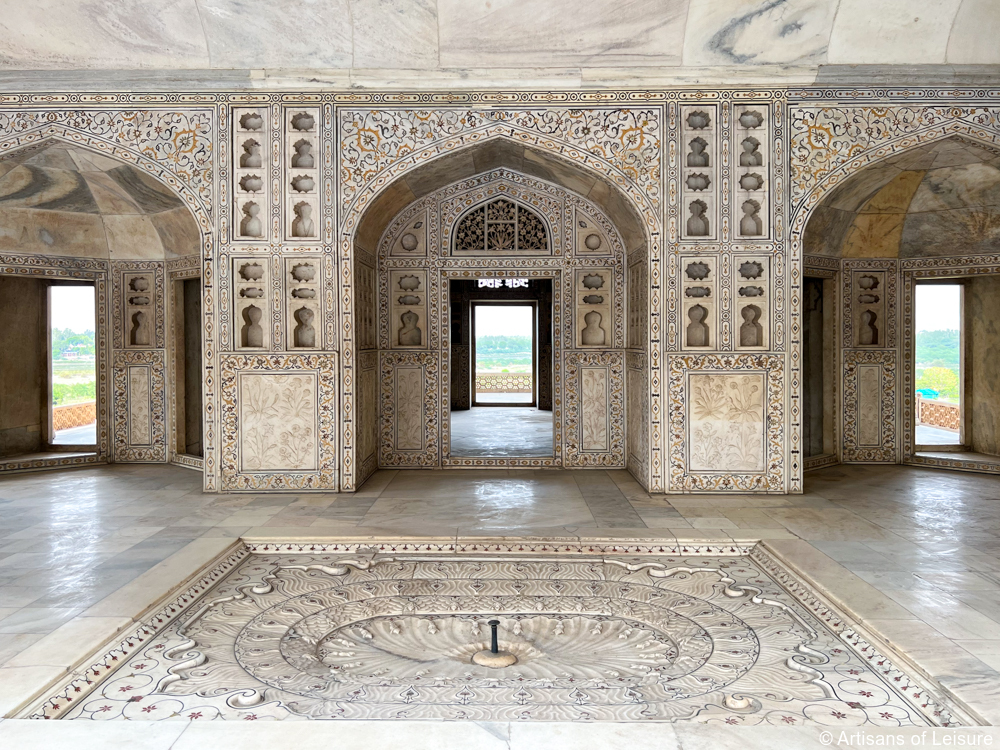
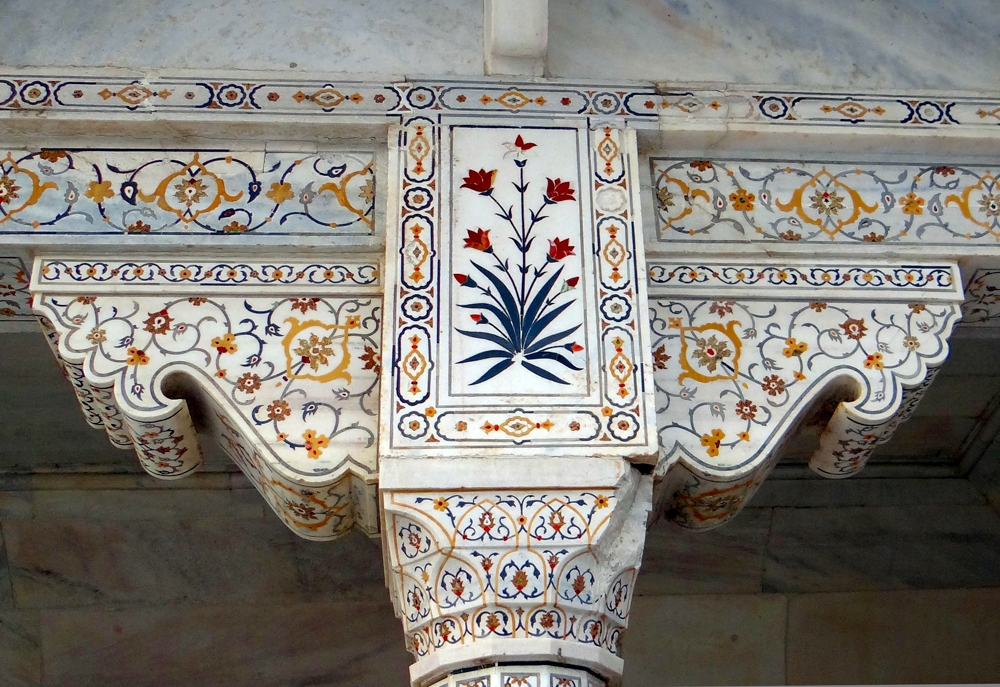
The Anguri Bagh (Garden of Grapes) is a courtyard that was once filled with grapes, flowers and fountains.
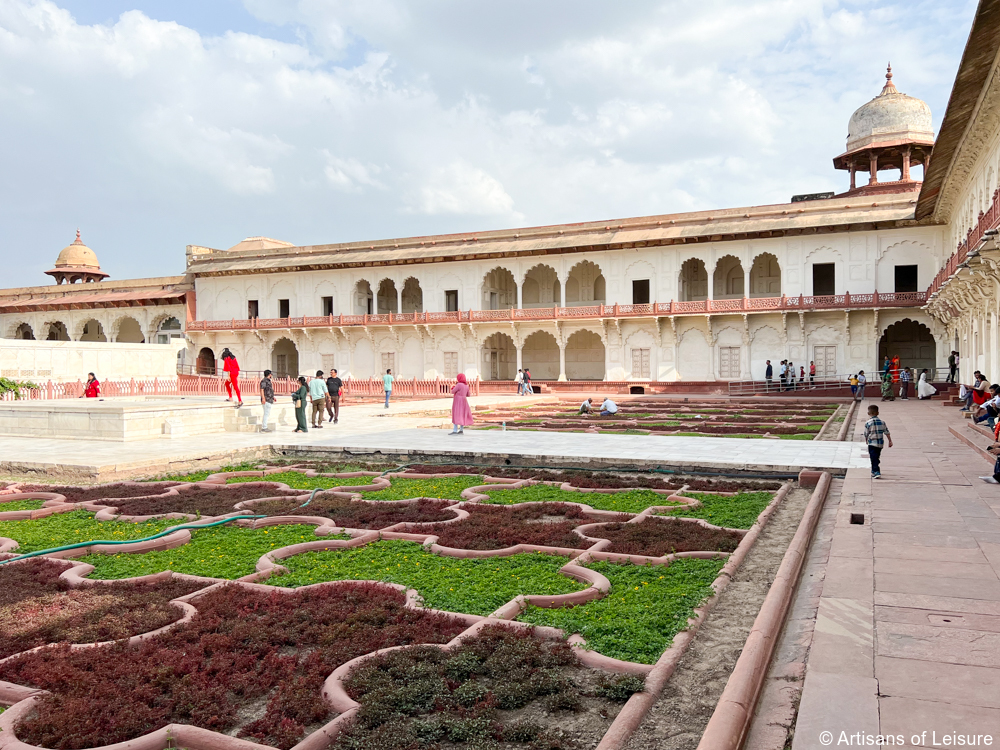
Other highlights of Agra Fort include the Sheesh Mahal (Mirror Palace), whose plaster walls and ceilings sparkle with inlaid mirrors; the white marble Nagina Masjid (Gem Mosque), which was the private mosque of the ladies of the royal family; the Diwan-i-Aam (Hall of Public Audience), a large pavilion with colonnades of scalloped arches and a throne room for formal receptions and meetings with the public; and the smaller Diwan-i-Khas (Hall of Private Audience), where the emperor received visiting dignitaries and aristocrats on state business.
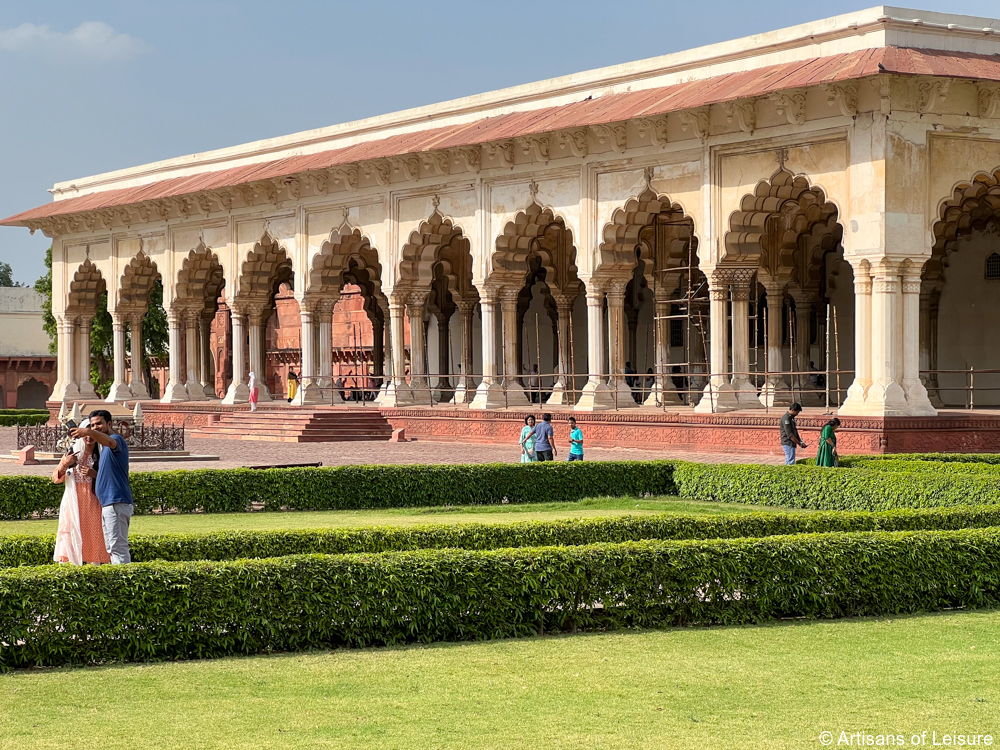
Our private India tours feature private touring of Agra Fort, the unforgettable Taj Mahal and local crafts workshops that produce exquisite marble-inlay items, a legacy of the craftspeople who decorated Agra Fort and the Taj Mahal.
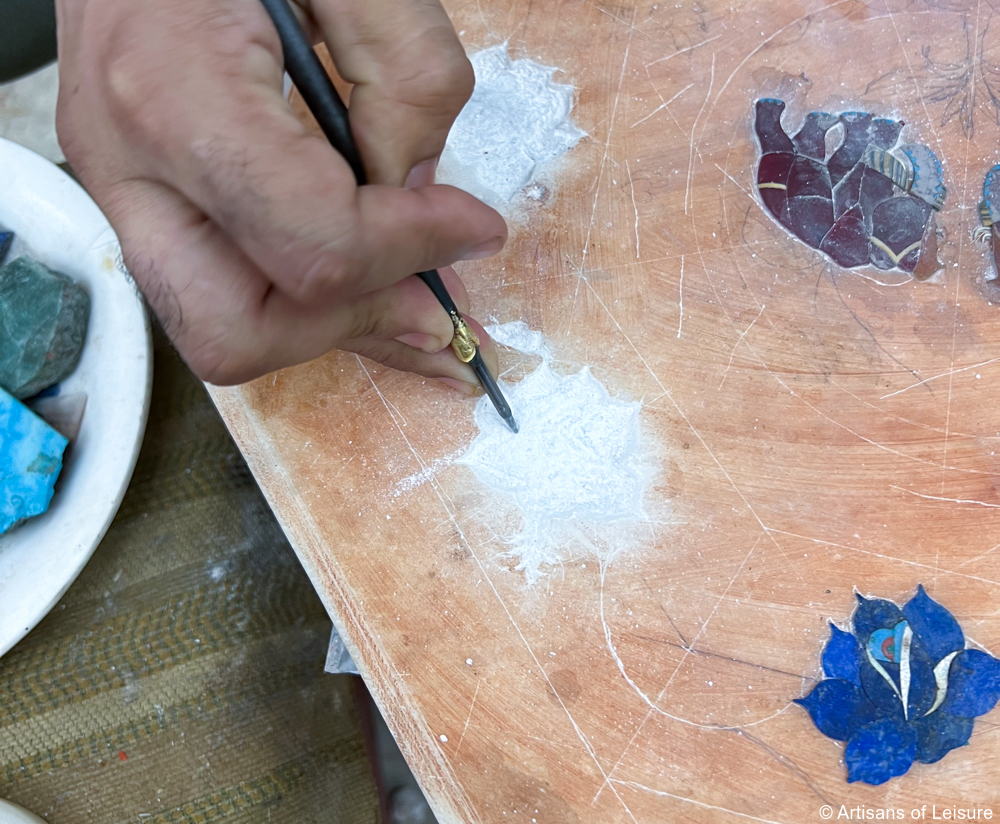
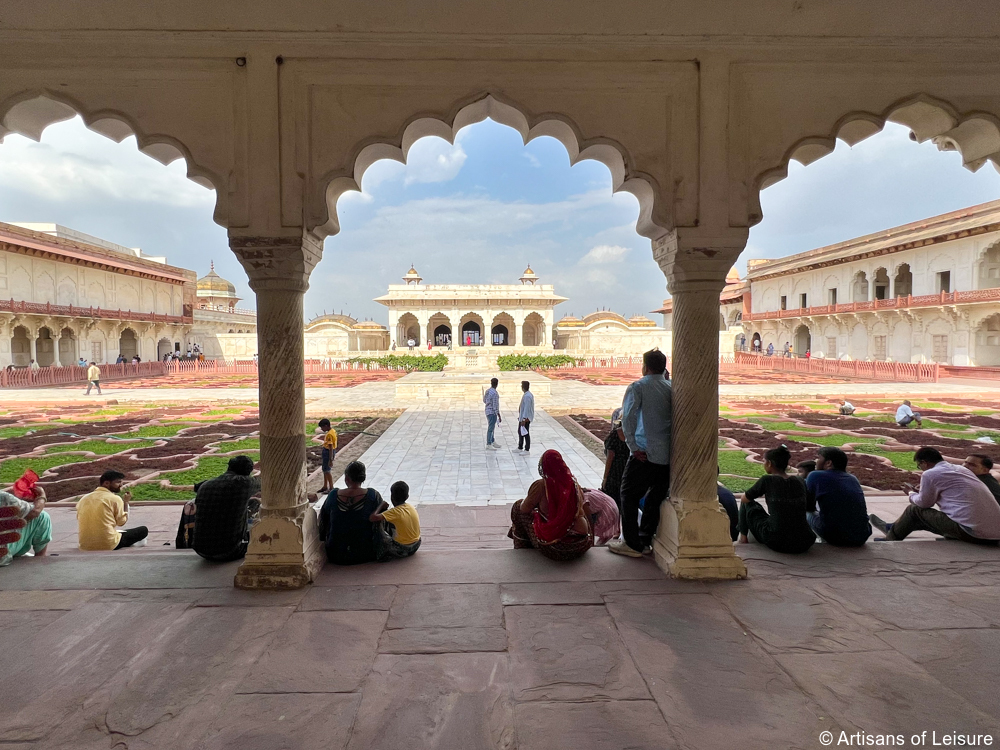
Destinations: Asia, India
Tags: Agra, Agra Fort, architecture, art and design tours, artisan crafts, cultural India tours, design tours, history, India, India tours, Indian architecture, Indian style, luxury India tours, marble inlay, Mughal architecture, private Agra tours, private India tours, Taj Mahal

